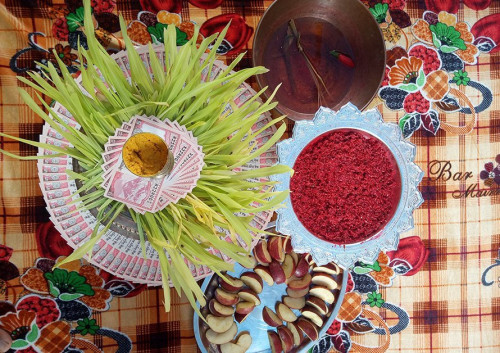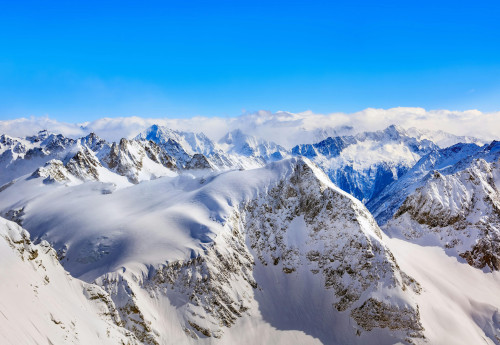24th Dec, 2024
What to do as support when getting rolled in Nepal?
- Magnificent Himalayan Treks
The geographical constraints in Nepal does not allow the trekkers to have a comfortable journey. It creates the major setbacks where one wouldn’t know what to do, how to react on such critical situations.
Here, this content is to inform about the support personnel-guides , or porters or the other trekking companies needs to do incase if any of your member in the group is “ rolled”( experiencing a major setback during the trek).
Table of Contents
Analyzing the situation: Evaluating the Role
You need to be clear about the situation . The “ Rolled” here can mean different circumstances like:
Altitude Sickness( AMS)
At the top, it is obvious that the insufficiency of oxygen and probable chance of getting high altitude sickness.
Be cautious about mild headaches. The altitude sickness symptoms might cause severe cerebral or pulmonary edema. This requires immediate descent. If possible take altitude sickness medication.
Do not push and show the heroic gestures of going beyond your health because your life is not a movie to rewind like on television.
Injury
Your injury could start from a minor sprain resulting to a severe fracture or other threatening injury throughout your life. Do not dare to ignore even the minor wounds or pain. This may expand your pain and you might be at risk.
Illness
The gastrointestinal issues, infections and other problems that will hamper the trekker’s ability to continue the journey further. Take medicines and don't forget to carry one . This will keep your journey and the trekkers journey extra safe.
Immediate Actions: Prioritize Safety and Stabilization
Process the scenario
Don’t panic. Be calm and check thoroughly if there are any threats like severe bleeding, difficulty breathing, unconsciousness or dizziness. Determine the nature and severity of the problem.
First Aid
Apply first aid as needed and in accordance with your training. You might have to stabilize injuries , control bleeding or provide basic life support. Carry medications for nausea and headache
Also, Don't try treatments that are beyond your level of training because your skills are limited.
Communication
The best way when you get rolled on your journey is to definitely be in touch with base camp or emergency services . That might be via satellite phone or radio. Be clear about your situation and explain them for rescue.
They need to know about trekker’s condition, Location( GPS coordination are critical) and don't miss any other important information.
Shelter and Warmth
The place may not be cozy like your home to be wrapped up but somehow try finding a place where you can lean on or move the trekker to the sheltered area so that they can be protected.
Try making them warm with extra clothing and blankets.
Hydration and Nutrition
The most probable reason to get into trouble during the trekking is dehydration. Check if the trekker is conscious or not. If he/she is able to tolerate it , offer them water and easily digestible food. You can give them energy bars. Glucose tablets.
Evacuation Strategies: Planning for Descent
If the trekkers on the route find difficulties , one should not be ignored. You need to find ways to rescue depending upon their severity.
Let’s see how the trekkers can be rescued if they are stuck on some difficulty:
Self-evacuation:
Self-evacuation depends on the type of injury the victim is having. If he/she is able to walk with support , they need to make descent slowly , find possible stops where they can rest and be help the trekker.
Assisted Descent
Incase of severe injury or if the trekker cannot walk properly, they need to consider using various resources like:
Porters:
The available porters will help in their gradual ascent and descent .Firstly, distribute the trekkers weight amongst their availability.
Make a use of stretcher if available.
Helicopter Evacuation
It is the quickest and the most easiest option for serious injuries. However, it is expensive and is very limited. The long routes trekking in Nepal includes the Everest Base Camp Trekking, Annapurna Base Camp Trekking, Manaslu Circuit Trekking.
Make sure you won't be on any financial crisis to meet the guidelines for helicopter evacuation.
Downhill Climbing
This is a slow descent on foot which is guarded by the team members. The patient condition may be critical so one needs to be very carful and should not ignore the routes. The routes may not do justice to you so be careful and take a slow steep towards the steep trails.
Prevention: Minimizing Future Risks
The above difficulties can be minimized, you can prevent such “ rolls” by following the list of points below:
Preparation and Training for trekkers
Your safety comes before your chilling and exciting adventurous journey. As they say, “ Health is wealth”. With good health, you can extend your journeys but imagine your own stupidity on trekking and you have to live your life without a toe , harsh isn’t it?
So make the trekkers prepared physically and mentally for the risks they are willing to take on the trek.
Thorough Medical Check-Ups
Do not forget for pre-trek medications to ensure the safety for trekkers. This will make sure if they are able to continue the long and short-trek journey further or not.
Comprehensive First Aid Knowledge:
Make sure at least one member from the team can possess the medical skills or can use the advanced first aid. With proper aid on time, one can reduce the risk of losing their life or prevent the setbacks on the trek like nausea, headache.
Appropriate Gear and Equipment:
Double check your equipment’s and also make sure the equipments are handy and in a good condition. The short and the long treks will drain your energy but equally provide you the thrilling chills you been looking all your life. However, you need to be extra clever so that you don’t suffer any problems on your adventures.
Acclimatization:
Your trekking depends upon the timeframe or the number of days you estimated for journey.
But do not skip your acclimatization days. Make sure everyone takes proper rest on the journey.
Rest and proper diet will help you boost your stamina on your trekking days reducing the risk of high altitude cerebral edema or high altitude pulmonary edema which is caused due to the lack of supplemental oxygen.
Personal Belonging
Make comfortable to the team. The members need to have the sense of comfort if they are facing some sort of complications in the trip. The friendliness also makes the journey more fun,adventurous and exciting.
Legal and Moral Considerations
Getting rolled in Nepal can create a direct impact on your life. Its best for all the trekkers, the guides, the porters in fact everyone to be extra careful, to check the mandatory packings, to learn about the minor first aid and more important is not skipping your acclimatization days.
Hope you will enjoy your time in Nepal.
Best wishes !
Recent From Blog
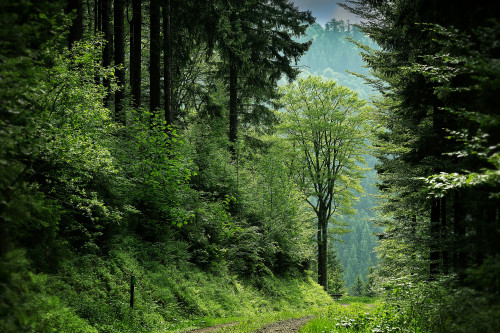
13th Oct, 2025

9th Oct, 2025
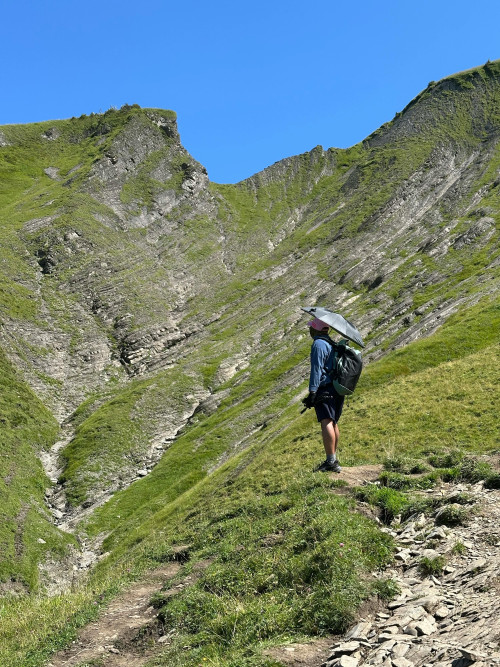
21st Sep, 2025
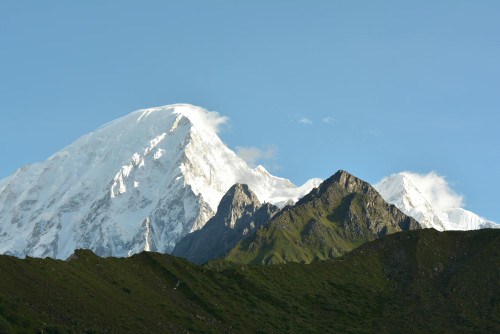
18th Sep, 2025

14th Sep, 2025

3rd Sep, 2025

28th Aug, 2025
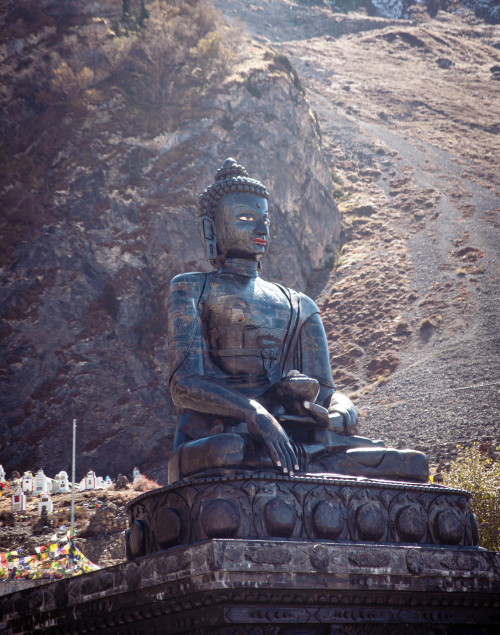
25th Aug, 2025
